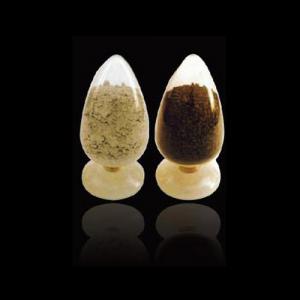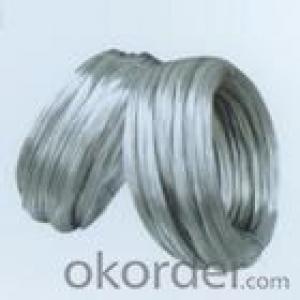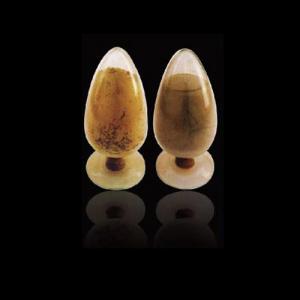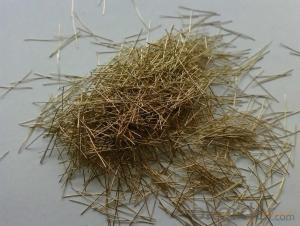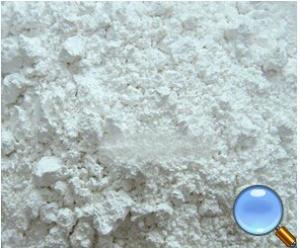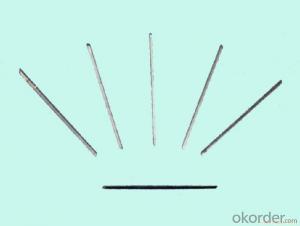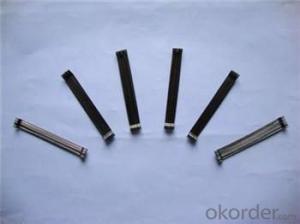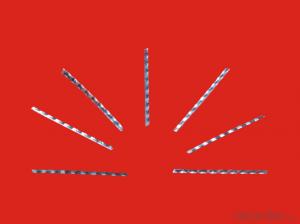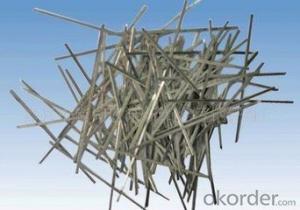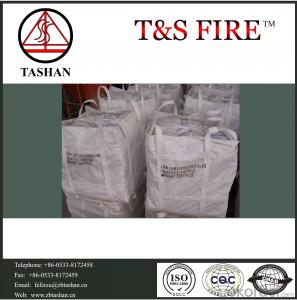All Categories
- - Steel Wire Rod
- - Steel Coils
- - Steel Profiles
- - Steel Pipes
- - Stainless Steel
- - Tinplate
- - Special Steel
- - Steel Sheets
- - Steel Rebars
- - Steel Strips
- - Hot Rolled Steel
- - Cold Rolled Steel
- - Pre-painted Steel
- - Seamless Steel Pipe
- - Welded Steel Pipe
- - Hollow Steel Tubes
- - Galvanized Pipe
- - Stainless Steel Coil
- - Stainless Steel Sheet
- - Stainless Steel Plate
- - Stainless Steel Strips
- - Electrolytic Tinplate Coil
- - Electrolytic Tinplate Sheet
- - Stainless Steel Rebars
- - Solar Panels
- - Solar Water Heater
- - Solar Related Products
- - Solar Inverter
- - Solar Cells
- - Solar Light
- - Solar Energy Systems
- - Solar Controllers
- - Solar Mounting System
- - Solar Pump
- - Solar Chargers
- - Fiberglass Chopped Strand
- - Fiberglass Mesh Cloth
- - Composite Pipes
- - FRP Pultrusion Profiles
- - Fiberglass Mat Tissue
- - Fiberglass Fabrics
- - Fiberglass Mesh
- - Composite Tank
- - Fiberglass Mesh tape
- - Polymer
- - FRP Roofing Panel
- - Fiberglass Roving
- - Monolithic Refractories
- - Ceramic Fiber Products
- - Refractory Bricks
- - Raw Materials For Refractory
- - Suspended Platform
- - Cranes
- - Concrete Machinery
- - Earthmoving Machinery
- - Building Hoist
- - Road Building Machinery
- - Plastic Pipe Fittings
- - Plastic Tubes
- - Plastic Sheets
- - Agricultural Plastic Products
- - Plastic Nets
Q & A
Can monolithic refractories be used for lining ladle desulfurization stations?
Yes, monolithic refractories can be used for lining ladle desulfurization stations. Monolithic refractories are suitable for such applications as they offer excellent resistance to high temperatures, chemical corrosion, and thermal shock. Additionally, their flexibility allows for easy installation and repair, making them a preferred choice for lining ladles used in desulfurization processes.
How are monolithic refractories being used in the foundry industry?
Monolithic refractories are extensively used in the foundry industry for various applications. They are primarily employed in the lining of furnaces and ladles, where they provide high thermal insulation and resistance to extreme heat and chemical corrosion. Monolithic refractories are also used to create mold coatings and dry vibratable mixes, which are crucial for the production of high-quality castings. Additionally, monolithic refractories are used to repair and restore damaged refractory linings, extending the lifespan of foundry equipment and reducing downtime. Overall, these versatile materials play a vital role in enhancing the efficiency, durability, and productivity of foundry operations.
How do monolithic refractories provide resistance to mechanical stresses in ladles?
Monolithic refractories provide resistance to mechanical stresses in ladles through their high thermal shock resistance and good mechanical strength. These refractories are designed to withstand rapid temperature changes and maintain their integrity under high heat conditions. Additionally, they possess excellent bonding properties, ensuring that the refractory material remains intact and can withstand the mechanical forces applied during ladle handling and operation.
How do monolithic refractories perform in hydrofluoric acid environments?
Monolithic refractories generally perform poorly in hydrofluoric acid environments due to the strong corrosive nature of the acid. The acid attacks and deteriorates the refractory material, causing it to degrade and lose its structural integrity over time. Therefore, alternative refractory materials or protective coatings are often recommended for applications involving hydrofluoric acid to ensure better performance and durability.
What are the key factors affecting the wear resistance of monolithic refractories?
The key factors affecting the wear resistance of monolithic refractories include the material composition, microstructure, and physical properties of the refractory itself, as well as the operating conditions such as temperature, mechanical stress, and chemical environment. Additionally, factors like the presence of impurities, thermal cycling, and proper installation and maintenance can also impact the wear resistance of monolithic refractories.
Wholesale Monolithic Refractories from supplier in Yemen
We are a Monolithic Refractories supplier serving the Yemen, mainly engaged in the sale, quotation, and technical support services of various Monolithic Refractories products in the Yemen region. We are a subsidiary platform of the Fortune Global 500 company CNBM, able to provide you with one-stop Monolithic Refractories procurement services in the Yemen. Not only do we have a wide range of Monolithic Refractories products, but after years of market development in the Yemen, we can also provide valuable experience for your projects.
Hot Search
- Monolithic Refractories in Italy
- Ceramic Fiber Products in Albania
- Refractory Bricks in Israel
- Raw Materials For Refractory in Greece
- Refractory Bricks in Togo
- Refractory Bricks in Gabon
- Raw Materials For Refractory in Austria
- Monolithic Refractories in Mexico
- Monolithic Refractories in Yemen
- Ceramic Fiber Products in Serbia

